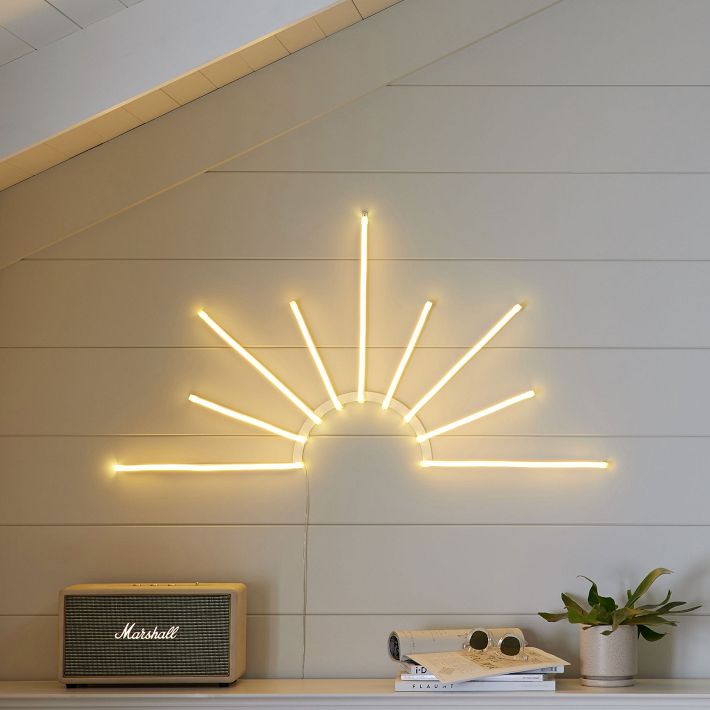Identifying the Key Indicators That Your LED Panel Panel May Be Reaching Its Lifespan Limit
Wiki Article
LED wall screens are popular for their vivid visuals and power efficiency. However, like all digital devices, they have a lifespan. Knowing when an LED wall panel is approaching the end of its operational life can help users avoid unforeseen breakdowns and costly fixes. There are multiple key signs that can signal that an LED wall panel may be approaching its end of life threshold. Identifying these signs can ensure that operators can take appropriate measures before the panel stops functioning altogether.
One of the most obvious indicators that an LED wall panel is approaching the conclusion of its life is a decrease in brightness. Over time, the light emitted by the panel may become less bright, making it challenging to view pictures or writing clearly. This decline in brightness can be caused by worn-out components or a drop in the performance of the LEDs individually. If the panel is not as lively as it once was, it may be time to consider replacement options. Consistently monitoring the luminosity levels can help operators assess if the panel is still performing optimally.
Another sign of an old LED wall panel is the presence of inactive dots. Dead pixels are small spots on the display that do not light up, resulting in black areas on the screen. These can happen due to manufacturing flaws or deterioration and damage over time. If a user notices an increasing number of dead pixels, it may be a signal that the panel is deteriorating. While some inactive pixels can be fixed, a significant number may suggest that the panel is approaching the conclusion of its useful life.
Flickering or irregular visuals is another alert sign that an LED wall panel may be failing. If the display blinks or shows irregular patterns, it can be frustrating and distracting. This issue can arise from multiple factors, including electrical problems, unsecured links, or failing components within the panel. If flashing becomes common, it is recommended to have the panel inspected by a professional. Ignoring this issue could lead to further harm and a total failure of the display.
Heat generation is also an important aspect to take into account when assessing the health of an LED wall panel. All digital gadgets produce heat, but excessive heat can be a signal of issues. If the panel feels unusually hot to the touch or if there are signs of excessive heat, such as color change or warping, it may suggest that the internal components are malfunctioning. Excessive heat can lead to permanent damage, so it is essential to monitor the temperature of the panel and make sure it is functioning within safe limits.

Lastly, if the discover here LED wall panel is experiencing regular malfunctions or requires constant repairs, it may be time to consider a replacement. Regular maintenance is essential for keeping digital gadgets in optimal operational condition, but if a panel is repeatedly problematic, it may no longer be worth the investment. Operators should consider the expense of fixes against the cost of a replacement panel. By being cognizant of these key indicators, users can make informed decisions about the longevity and reliability of their LED wall panels.